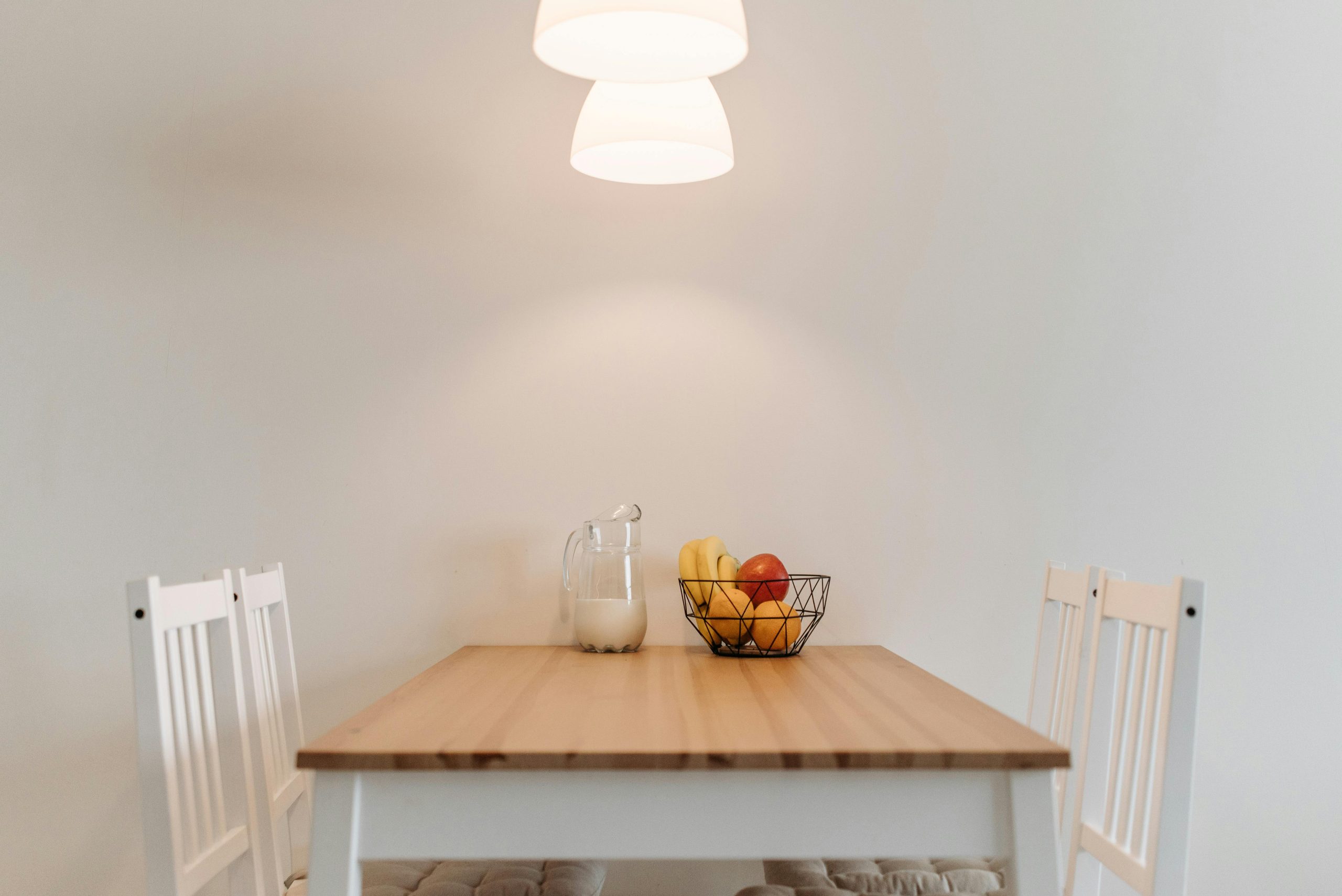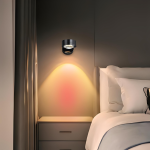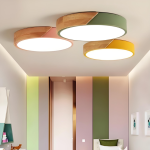
Introduction to Nordic-Inspired Kitchen Design
Nordic design has gained popularity in recent years for its minimalist and functional sutradecor approach. Originating from the Scandinavian countries of Denmark, Norway, Sweden, Finland, and Iceland, Nordic design is characterized by its simplicity, clean lines, and use of natural materials. In this article, we will explore the basic elements of a Nordic-inspired kitchen and how to incorporate this design style into your own home.
The history of Nordic design can be traced back to the early 20th century when a group of designers and architects in Scandinavia began to reject the ornate and elaborate styles of the time. They sought to create a design aesthetic that was simple, functional, and accessible to all. This movement became known as Scandinavian design and laid the foundation for what we now know as Nordic design.
The Basic Elements of a Nordic-Inspired Kitchen
A. Clean lines and simple shapes: One of the key characteristics of Nordic design is its emphasis on clean lines and simple shapes. This creates a sense of calm and order in the space. In a Nordic-inspired kitchen, you will often find sleek cabinets with minimal hardware, straight edges, and smooth surfaces.
B. Use of natural materials: Another defining feature of Nordic design is the use of natural materials. Wood is a prominent material in Nordic-inspired kitchens, whether it be in the form of hardwood floors, wooden cabinets, or butcher block countertops. Stone and metal are also commonly used to add texture and contrast to the space.
C. Functional and practical design: Nordic design is all about functionality and practicality. In a Nordic-inspired kitchen, every element has a purpose and serves a function. Storage solutions are carefully thought out to maximize space and minimize clutter. Appliances are chosen for their efficiency and ease of use.
The Importance of Minimalism in Nordic-Inspired Kitchen Design
A. Benefits of a minimalist kitchen: A minimalist kitchen not only looks clean and organized, but it also has several practical benefits. With fewer items on display, it is easier to keep the space clean and tidy. A minimalist kitchen also promotes a sense of calm and relaxation, making it a more enjoyable space to cook and entertain in.
B. Tips for achieving a minimalist look: To achieve a minimalist look in your Nordic-inspired kitchen, start by decluttering and getting rid of any unnecessary items. Keep countertops clear of appliances and utensils, and opt for sleek and streamlined storage solutions. Choose neutral colors and simple patterns for your kitchen accessories to maintain a clean and cohesive look.
Choosing the Right Color Palette for Your Nordic-Inspired Kitchen
A. Neutral colors and earthy tones: Nordic design is known for its use of neutral colors and earthy tones. White, gray, beige, and light wood tones are commonly used in Nordic-inspired kitchens to create a bright and airy atmosphere. These colors also help to highlight the natural materials used in the space.
B. Adding pops of color: While neutral colors dominate the Nordic design palette, pops of color can be added to create visual interest and personality in the kitchen. This can be done through accessories such as colorful dishware, textiles, or artwork. Choose colors that complement the neutral backdrop and add warmth and vibrancy to the space.
Incorporating Natural Materials into Your Nordic-Inspired Kitchen
A. Wood, stone, and metal: Natural materials play a crucial role in Nordic-inspired kitchens. Wood is often used for flooring, cabinetry, and countertops, adding warmth and texture to the space. Stone, such as marble or granite, can be used for countertops or backsplashes to create a luxurious feel. Metal accents, such as stainless steel or brass, can be incorporated through hardware or lighting fixtures to add a touch of sophistication.
B. Sustainable materials: In keeping with the Nordic design philosophy of sustainability, consider using eco-friendly and sustainable materials in your kitchen. Look for FSC-certified wood, recycled glass countertops, or low VOC paints and finishes. By choosing sustainable materials, you not only contribute to a healthier environment but also create a kitchen that is timeless and durable.
Lighting Ideas for Your Nordic-Inspired Kitchen
A. Natural light: Maximizing natural light is essential in a Nordic-inspired kitchen. Large windows or skylights can be used to bring in as much natural light as possible. Avoid heavy window treatments that block out light and opt for sheer curtains or blinds instead.
B. Pendant lights and chandeliers: Pendant lights and chandeliers are popular choices for lighting in Nordic-inspired kitchens. They add a touch of elegance and can serve as a focal point in the space. Choose fixtures with clean lines and simple shapes to maintain the minimalist aesthetic.
C. Under-cabinet lighting: Under-cabinet lighting is not only functional but also adds a warm and inviting glow to the kitchen. LED strip lights or puck lights can be installed underneath cabinets to provide task lighting and create a cozy atmosphere.
Functional and Practical Storage Solutions for Your Nordic-Inspired Kitchen
A. Open shelving: Open shelving is a common feature in Nordic-inspired kitchens as it allows for easy access to everyday items and creates an open and airy feel. Display your favorite dishes or cookbooks on open shelves to add personality to the space.
B. Drawer organizers: Drawer organizers are essential for keeping your Nordic-inspired kitchen organized and clutter-free. Use dividers or trays to separate utensils, cutlery, and other small items. This will make it easier to find what you need and maintain a tidy space.
C. Hidden storage: In a minimalist kitchen, it is important to have ample storage space to keep countertops clear of clutter. Consider incorporating hidden storage solutions such as pull-out pantry cabinets, built-in spice racks, or concealed trash bins. This will help to maintain a clean and streamlined look in your Nordic-inspired kitchen.
Adding Textures and Patterns to Your Nordic-Inspired Kitchen
A. Textured backsplash: A textured backsplash can add visual interest and depth to your Nordic-inspired kitchen. Consider using subway tiles with a beveled edge or a herringbone pattern for a modern twist. Alternatively, you can opt for a natural stone backsplash to add texture and contrast to the space.
B. Patterned tiles: Patterned tiles can be used to create a focal point in your Nordic-inspired kitchen. Choose tiles with simple geometric patterns or subtle motifs to maintain the minimalist aesthetic. Use them as a backsplash or on the floor to add personality and visual interest.
C. Textured fabrics: Textured fabrics can be used to soften the look of your Nordic-inspired kitchen and add warmth and coziness. Consider adding textured curtains, cushions, or rugs in neutral colors to create a welcoming atmosphere.
Creating a Cozy and Inviting Atmosphere in Your Nordic-Inspired Kitchen
A. Adding soft furnishings: Soft furnishings such as cushions, curtains, and rugs can help to create a cozy and inviting atmosphere in your Nordic-inspired kitchen. Opt for natural materials such as linen or cotton in neutral colors to maintain the minimalist aesthetic.
B. Creating a seating area: Create a seating area in your Nordic-inspired kitchen where family and friends can gather and socialize. This can be done through the addition of a kitchen island with bar stools or a cozy breakfast nook with a built-in bench.
C. Adding plants: Plants not only add a touch of nature to your Nordic-inspired kitchen but also help to purify the air and create a sense of well-being. Choose low-maintenance plants such as succulents or herbs that thrive in the kitchen environment.
Final Thoughts: Bringing the Nordic-Inspired Kitchen Design into Your Home
Incorporating Nordic design into your kitchen can create a space that is not only beautiful but also functional and practical. By focusing on clean lines, natural materials, and a minimalist aesthetic, you can create a kitchen that is timeless and inviting. Whether you choose to incorporate natural materials, add pops of color, or create a cozy atmosphere, the key is to stay true to the principles of Nordic design and create a space that reflects your personal style and lifestyle.




